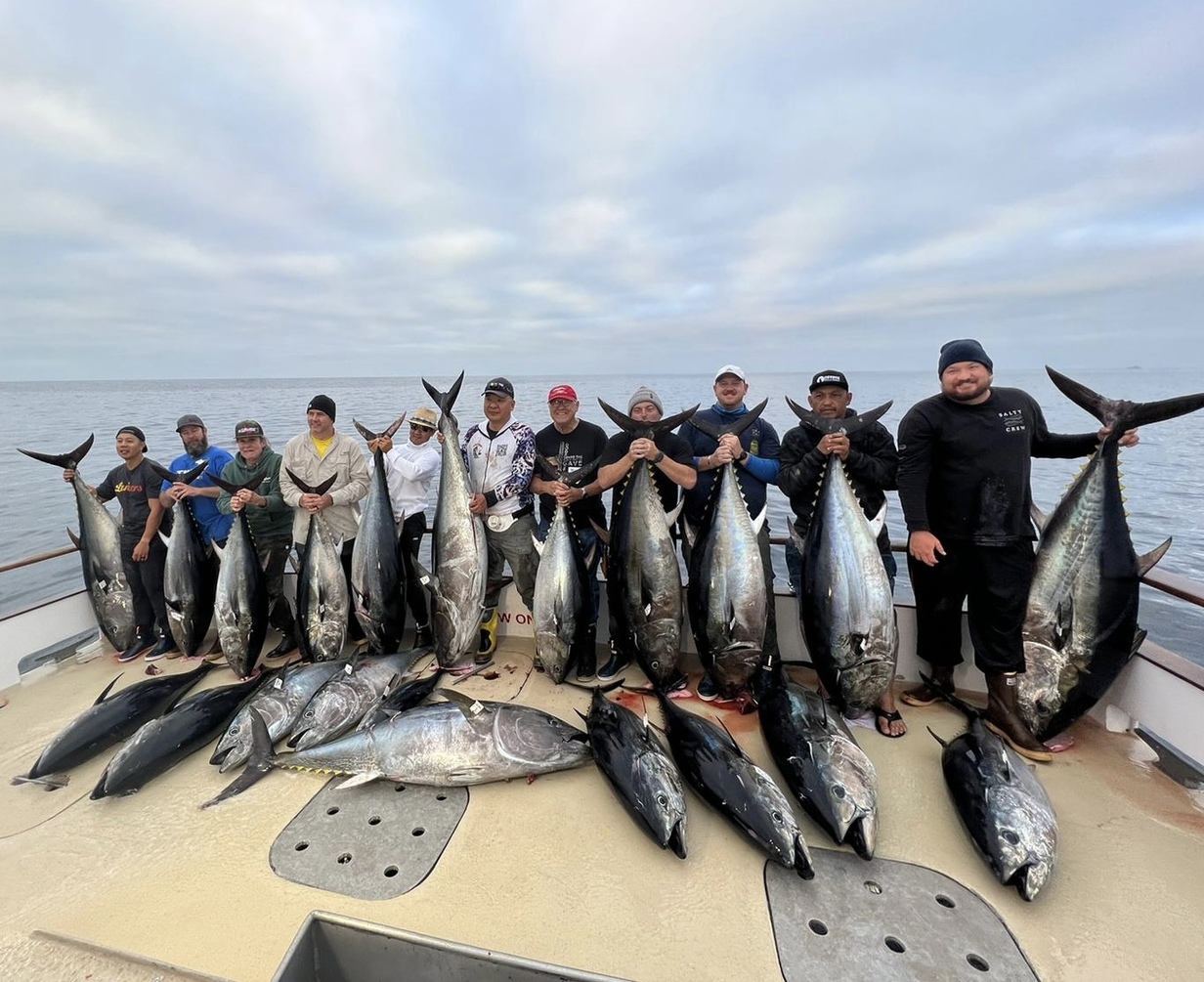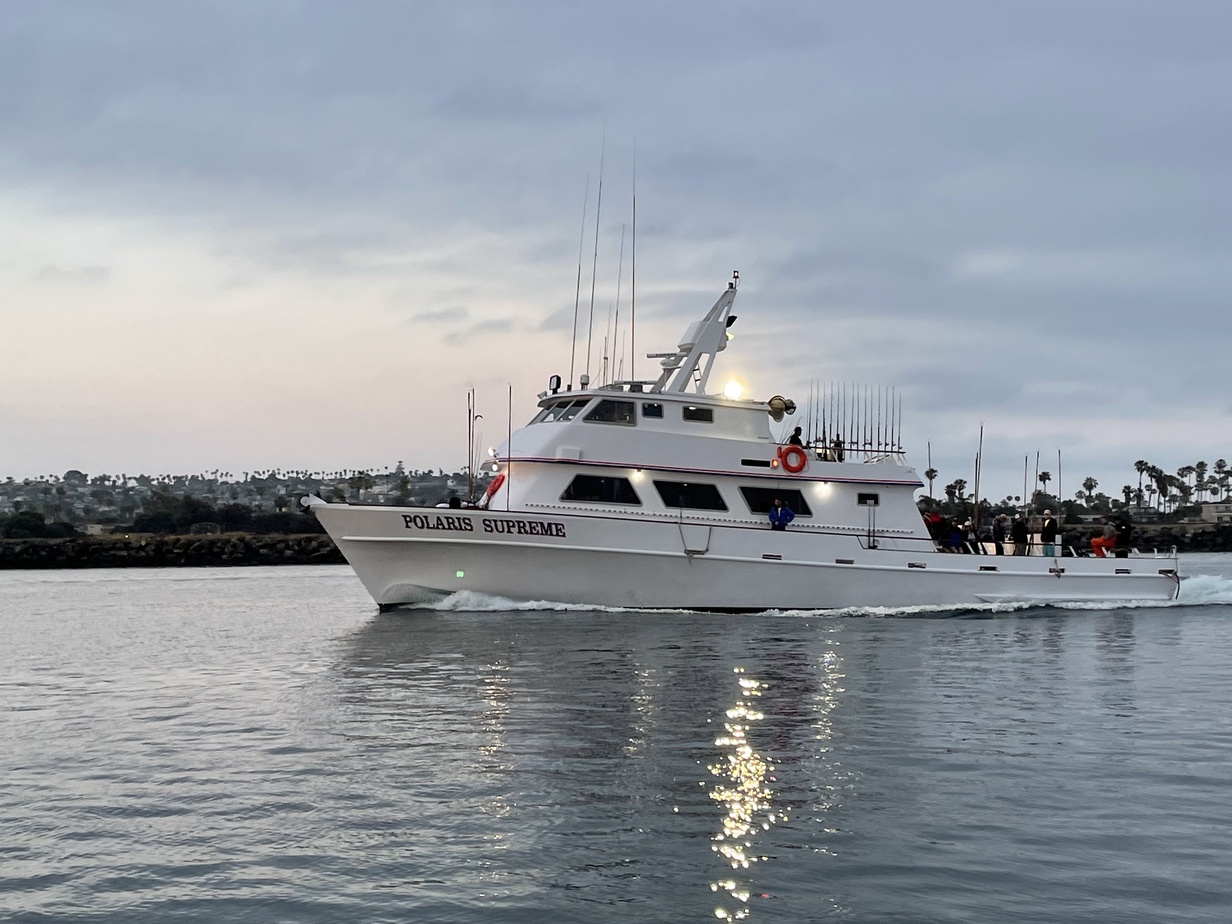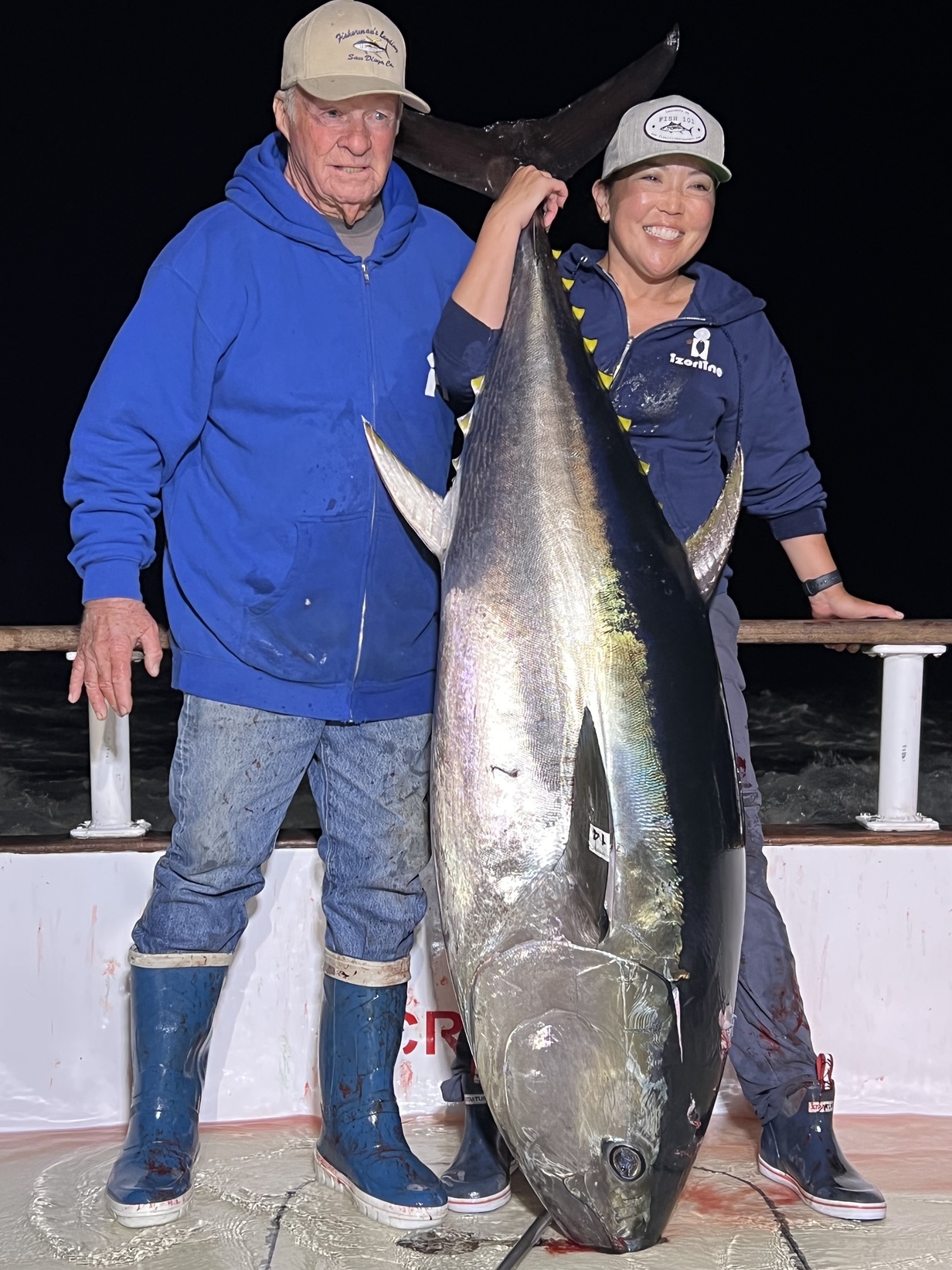AI-Generated Article
This content has been automatically generated using artificial intelligence technology. While we strive for accuracy, please verify important information independently.
Table of Contents
- Introduction to Polaris Supreme
- What's that sound from your nearly new Polaris Supreme?
- Making the Right Choices for Your Polaris Supreme
- Considering a Used Polaris Supreme?
- Finding Your Ideal Polaris Supreme
- When Your Polaris Supreme Loses Power
- Getting a Smooth Ride with Your Polaris Supreme
- Where to Get Help for Your Polaris Supreme
There's a real buzz around utility terrain vehicles, and for good reason; they offer a special blend of workhorse capability and fun on the trails. Many folks find themselves drawn to the Polaris brand, and it's almost easy to see why, given their reputation. You might be looking for something to help around the property, or perhaps you just want to get out and explore those places less traveled, you know?
When thinking about these vehicles, people often consider what makes a particular model stand out. We hear from folks who have recently gotten a Polaris Ranger 1000, for instance, and they are sometimes finding themselves wondering about little quirks that pop up, even with a vehicle that has barely seen any use, like maybe just fifty hours on it. It’s a bit of a head-scratcher when something starts making an odd sound, like a knocking or a popping, especially when it’s moving along, and you are trying to figure out just where that noise is coming from, too.
It’s a common thing, really, for people to ask for advice when they are thinking about getting one of these machines. Some are looking at different models, perhaps comparing something like a Ranger 570 mid-size with a Mule MX, trying to weigh the pros and cons. Others are selling a vehicle they've had, maybe a Mule 610 that has served them well, but they are now wanting something with a bit more comfort, particularly for their back, so they are looking for better suspension. This kind of shared experience, you know, is pretty much what we are talking about here when we think about the Polaris experience, or what some might call the Polaris Supreme.
- Javaughn J Porter
- Xgigix Georgina Shilingis
- Dames N Games Sports Bar
- Shooters Clothing
- %D8%BA%D8%B2%D8%A7%D9%84 %D8%B1%D8%AC%D8%A8%DB%8C%D8%A7%D9%86
What's that sound from your nearly new Polaris Supreme?
It can be a little unsettling, can't it, when you have a vehicle that’s practically fresh off the lot, maybe with only about fifty hours on its clock, and then it starts making some unexpected sounds. We are talking about something like a rhythmic thumping or a quick burst of noise when your Polaris machine is moving along. It’s the kind of thing that makes you pause and listen more closely, trying to pinpoint the exact spot where that audible indication is coming from, too. You might be thinking, "This is practically brand new, so what gives?"
This situation, where a new machine begins to show a little unexpected character, really gets you thinking about how these things work. Is it something that needs immediate attention, or is it just a quirk that will sort itself out? For someone who has just picked up a Polaris Ranger 1000, and it’s making this kind of racket when in motion, it’s a concern. You want your machine to run smoothly, and frankly, a persistent sound like that can take away from the joy of having something so recently acquired. It’s a bit like having a new pair of shoes that squeak with every step, you know, it just isn't what you expected from something so fresh.
Trying to figure out the source of a noise can be a process of elimination. You might listen from different angles, perhaps even try to feel for vibrations. Is it coming from the front? The back? Underneath? This kind of troubleshooting, in a way, becomes part of the ownership experience for a Polaris Supreme owner. You might wonder if it’s something with the drivetrain, maybe a component that’s just settling in, or something more. It’s a good idea, honestly, to pay attention to these early signs, because catching something small early on can often prevent it from becoming a bigger issue down the road, and that's just a sensible approach.
Making the Right Choices for Your Polaris Supreme
When it comes to picking out one of these vehicles, a lot of people find themselves weighing different options, trying to figure out which one is the best fit for their needs. You might be looking at a Polaris Ranger 570 mid-size, for example, and then also considering a Mule MX, and you are really trying to get some real-world feedback on both. What makes one a better choice for some situations compared to the other? It’s a pretty common question, really, as folks try to get a feel for how these machines perform in different hands and different environments, too.
Some people are moving on from a vehicle they’ve had for a while, like someone selling a Mule 610 that has been a reliable companion. Their reason for moving on might be something very specific, perhaps they just need a better suspension system because their back needs a bit more kindness when they are out and about. This really highlights how personal the choice of a Polaris Supreme can be. It’s not just about raw power or what it can carry; sometimes, it’s about the comfort of the ride and how it treats your body over longer periods of use, which is a very important consideration for many.
The quest for the ideal machine often involves talking to others, getting their thoughts, and learning from their experiences. It’s like a community of folks who own these vehicles, all sharing their stories and tips. You might hear about how one model handles certain kinds of terrain, or how another feels after a long day of work or recreation. This kind of shared wisdom is, in fact, incredibly valuable when you are trying to decide which Polaris model, or perhaps even a different brand, will truly meet your personal requirements and feel like the perfect Polaris Supreme for you.
Considering a Used Polaris Supreme?
The idea of getting a pre-owned vehicle, especially something like a Polaris Ranger 4x4, is something many people think about. It can be a smart way to get into the world of utility vehicles without the price tag of a brand-new one. But then, you start looking around, and you see machines with a wide range of hours on them, from as little as 150 to well over a thousand. This naturally leads to a big question: what is actually considered a lot of hours on a utility terrain vehicle? It’s a bit of a puzzle, you know, trying to figure out what's a good deal and what might be a hidden problem waiting to happen.
When you are checking out a used Polaris Supreme, the number on the hour meter is just one piece of the puzzle. A machine with higher hours might have been used gently, or it might have been put through some really tough work. Conversely, a vehicle with fewer hours could have been neglected or driven very hard in its short life. It’s really about looking at the overall condition of the machine, checking for signs of wear and tear, listening to how it sounds, and generally getting a feel for how it has been looked after. You are essentially trying to read its story, in a way, through its physical state.
People often seek opinions on this very topic, trying to get a sense of what the community considers acceptable. Some might say that anything over 500 hours is high, while others might not bat an eye at 1000 hours if the machine looks well-maintained. It really depends on how the previous owner cared for it. A good service history, if available, can tell you a lot. Ultimately, deciding on a used Polaris machine, or any utility vehicle for that matter, involves a bit of careful inspection and, honestly, a good dose of common sense to make sure you are getting something that will serve you well for a long time to come.
Finding Your Ideal Polaris Supreme
The search for the perfect side-by-side vehicle can feel like a bit of a quest, with so many different makes and models out there. You might find yourself, like many others, trying to gather as many opinions as you can on what people consider the best choice. It’s a conversation that often comes up in groups of enthusiasts, where everyone has their own favorites and reasons for those preferences. You might have already done some looking around yourself, perhaps checking out both Kubota and Polaris models, and found that you like aspects of both, which is completely understandable.
When you are weighing options for your ideal Polaris Supreme, it’s not just about the brand name. It’s about how the vehicle feels to you, how it handles, and whether it fits the specific tasks or adventures you have in mind. Some people really appreciate the robust feel of one brand, while others prefer the way another brand might handle a particular type of terrain. It’s a very personal decision, and what works wonderfully for one person might not be the absolute best for another. You are essentially looking for a machine that resonates with your personal style of use, you know?
The process of choosing often involves a lot of back-and-forth, asking questions like, "What do you all think?" It’s about tapping into the collective knowledge of people who have spent time with these machines. For instance, someone might be looking at a specific model, like a 2020 Polaris Sportsman 450 HO EPS, and they want to know if anyone has actually had any real-world experience with it. These direct accounts from owners can give you insights that you just won't find in a brochure, and they can really help you narrow down your choices for that ultimate Polaris Supreme experience.
When Your Polaris Supreme Loses Power
There's nothing quite like the feeling when your machine, which you rely on, suddenly stops working as it should. Imagine you are out and about, maybe on a weekend trip, and your Ranger just gives up on you. It's a pretty frustrating moment, to be honest. You might try to get it going again, perhaps by giving it a jump start from your truck battery, and it fires right up, running just fine. But then, as soon as you disconnect that cable, the power goes out again. This kind of behavior points to something a little more involved than just a dead battery, doesn't it?
This situation, where a vehicle starts with external power but won't keep running on its own, usually suggests an issue with the charging system. It could be the alternator, or perhaps some part of the electrical setup that isn't letting the battery get the juice it needs to keep things going. For a Polaris Supreme owner, this kind of problem can really put a damper on plans, especially if you are far from home or a repair shop. It’s a good reminder that even the most dependable machines can have their moments, and understanding a little about how they work can be pretty helpful.
Thinking about past experiences with other vehicles can sometimes offer perspective. Someone might recall having a Honda Foreman or a Fourtrax ATV in years gone by. While those were great machines in their own right, the thought of constantly changing gears might have become a bit tiresome, leading them to appreciate the simpler operation of something like a Polaris. The shift to a different type of transmission, or just a different brand, often comes from seeking a more comfortable or less demanding ride. So, when a machine like a 2005 Polaris, which has been a part of someone's recent history, has an issue, it’s often met with a desire to get it back to its reliable self, and that's just a natural reaction.
Getting a Smooth Ride with Your Polaris Supreme
Sometimes, the little things make a big difference in how much you enjoy your vehicle. Take, for instance, the suspension. If you've been driving a machine for a while, like a Mule 610 that has served you well, you might start to feel the bumps a bit more, especially if you have an older back that needs a little more cushioning. It's a pretty common wish, really, to want a smoother ride, and that often means looking at ways to improve the suspension system on your trusty vehicle. This kind of adjustment can truly transform the experience of using your Polaris Supreme, making it much more comfortable for longer periods.
The need for better suspension isn't just about comfort; it can also affect how well the vehicle handles different kinds of ground. A machine with a good suspension system can absorb shocks and vibrations more effectively, which can lead to a more controlled and less jarring ride. It’s about reducing the impact on your body, especially if you are spending hours on rough paths or uneven terrain. This kind of modification, or even just picking a model that already has a superior suspension, can be a game-changer for many owners, making their time with the vehicle much more enjoyable.
Beyond suspension, there are other aspects of maintenance that contribute to a good experience. Things like the type of oil you use, for example. You might have read that using any API certified SH oil is perfectly fine, as long as it meets certain criteria. These little details, while seemingly small, contribute to the overall health and longevity of your machine. Paying attention to these specifics helps keep your Polaris Supreme running smoothly, ensuring it continues to be a reliable partner for all your activities, and that's something worth thinking about.
Where to Get Help for Your Polaris Supreme
It can be a bit frustrating when your vehicle needs some attention, and the place you usually go to for help is completely booked up. Imagine calling your local Polaris dealer and finding out they are over a month out before they can even take a look at your machine. This kind of wait can really put a wrench in your plans, especially if you rely on your vehicle for work or for getting around. It makes you start thinking about other options, doesn't it, and wondering if there are other places that might be able to help you out a bit sooner?
When faced with a long wait at one place, people often turn to the community for suggestions. You might ask around, "Has anyone used the Athens or Gainesville Polaris dealers before?" or "Do you have any other suggestions for where I can take my machine?" This search for alternative service providers is a common experience for owners of these kinds of vehicles. You are basically looking for someone reliable who can get your Polaris Supreme back in working order without an excessive delay, and that's just a reasonable expectation.
Sometimes, the issue might be something relatively simple, like an oil change or a check-up. The information about using API certified SH oil, for instance, is pretty straightforward. You might have picked up your ATV about eighteen months ago, and it was practically new, with less than fifty hours on it. You used it last year for various tasks, and now it needs some basic care. Even for these routine things, getting a timely appointment can be a challenge. So, finding a service spot that understands your needs and can accommodate you in a reasonable timeframe is, honestly, a big part of keeping your Polaris Supreme running well and your ownership experience positive.
🖼️ Related Images



Quick AI Summary
This AI-generated article covers Polaris Supreme - Your Off-Road Companion with comprehensive insights and detailed analysis. The content is designed to provide valuable information while maintaining readability and engagement.
Miss Daphne Harber MD
✍️ Article Author
👨💻 Miss Daphne Harber MD is a passionate writer and content creator who specializes in creating engaging and informative articles. With expertise in various topics, they bring valuable insights and practical knowledge to every piece of content.
📬 Follow Miss Daphne Harber MD
Stay updated with the latest articles and insights